Microsoft Surface Pro 7+ First Impressions: Spec upgrades are underrated
4 min. read
Published on
Read our disclosure page to find out how can you help Windows Report sustain the editorial team. Read more
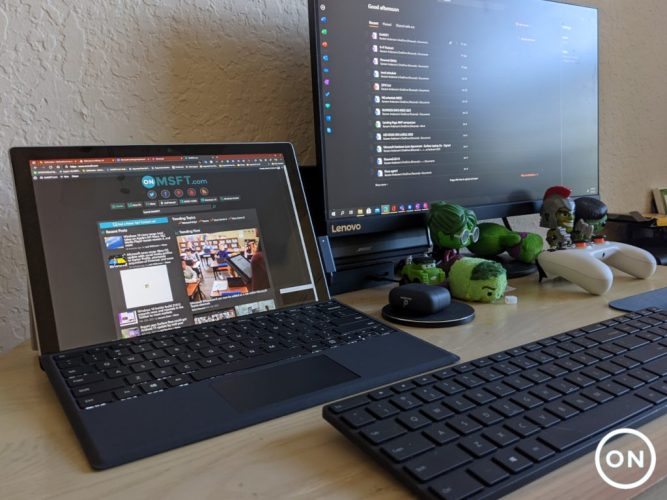
For a period of time tech journalism derided Apple for a seeming deluge of spec bump improvements to its Macs over the years. Year after year Apple would update its Mac lineup with the latest Intel chip, bump the number of transistors it listed on its slide shows and seemingly called it day. To the chagrin of reviewers and tech enthusiasts, it felt like Apple was being stingy with the impressively massive hardware changes the industry craved as yearly identifiers of “new & improved.”
Now that I have my hands on the Surface Pro 7+ I can see the logic behind simply tweaking the processor and shipping a relatively identical product, in fact, it may be one of the smartest decisions Microsoft’s done for its Surface lineup in a couple of years.
Late last week, Microsoft was kind enough to send OnMSFT a review unit of its latest Surface Pro, the Surface Pro 7+. Microsoft’s latest 2-in-1 is practically identical to the Surface Pro 7 that came out the year before and holistically the same as the previous four versions. However, during what can euphemistically be summed up as an unconventional year for the world, Microsoft unconventionally rolled out its follow-up to the Surface Pro 7. Normally released during the Fall, Microsoft released the Surface Pro 7+ in mid-winter with only a refreshed Intel 11th generation chip and a hardware tweak to make swapping SSD easier.
With about a week’s worth of time under my belt, I can say my first impressions of the Pro+ are rather glowing. The Pro+ feels faster, and the battery life is noticeably improved. I have yet to really test the LTE on the device, which may hamper battery life, but other reviewers are seeing no noticeable difference in battery performance during their testing.
Surface Pro 7+ for Business (with LTE) review.
TL;DR: Intel 11th Gen + Xe graphics make a huge impact on performance, with some extra battery life too.
Sure, it's a bit boring, but it's a workhorse for enterprise.https://t.co/7jyPoKCs0I pic.twitter.com/CgUO1GAHGH
— Daniel Rubino (@Daniel_Rubino) February 12, 2021
Microsoft and Intel have made some claims about graphical performance improvements but I haven’t opened any of my old CAD projects to test that just yet, but simply moving windows around the OS and animations feel more fluid.
I can note that the device does seem to get hotter much quicker than my last experience with a Surface Pro which was back in 2017, so I’m not sure if the device legacy in between the two is known for that.
The only other in-your-face change is the new access panel for the SSD. I don’t have the tools to open that hatch yet, they’re on order from Amazon, but it’s a cool feature for enterprises to quickly swap devices without having to clear an entire device beforehand.
As I just mentioned, it seems Microsoft’s Surface Pro 7+ is an enterprise play only for the moment. Rumors have it that the consumer-grade version of the Surface Pro 8 may need to wait as long as next year to see that release. If the rumors hold true, I think it’s an unfortunate business decision on Microsoft’s part because so far, I think they have a solid winner on their hands.
If Microsoft would simply release this version to consumers it wouldn’t need to test new firmware (something that’s constantly plagued Surface devices), it can squeeze performance out of the latest Intel chip which appears to be a solid improvement, and while dated, the iconic design is still a favorite among buyers. Last quarter, Microsoft reported that its Surface line passed the $2 billion dollar revenue marker and if it spent the remainder of this year milking their R&D investments from the last 4 years, they could easily cross that marker during what will undoubtedly be a soft year for PC sales. At least that’s my armchair Tim Cook strategy.
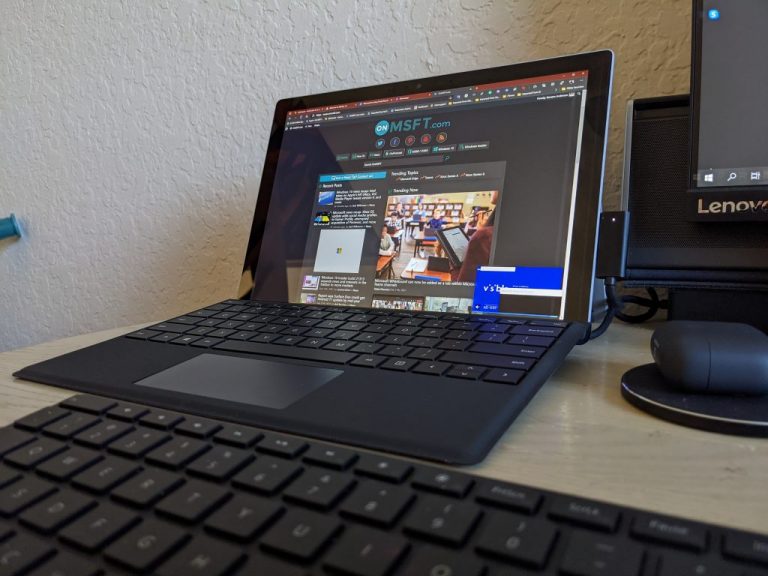
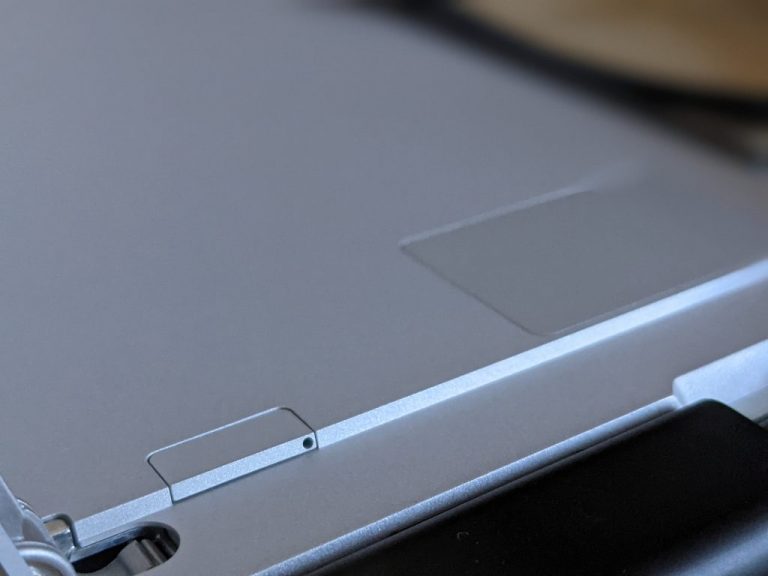

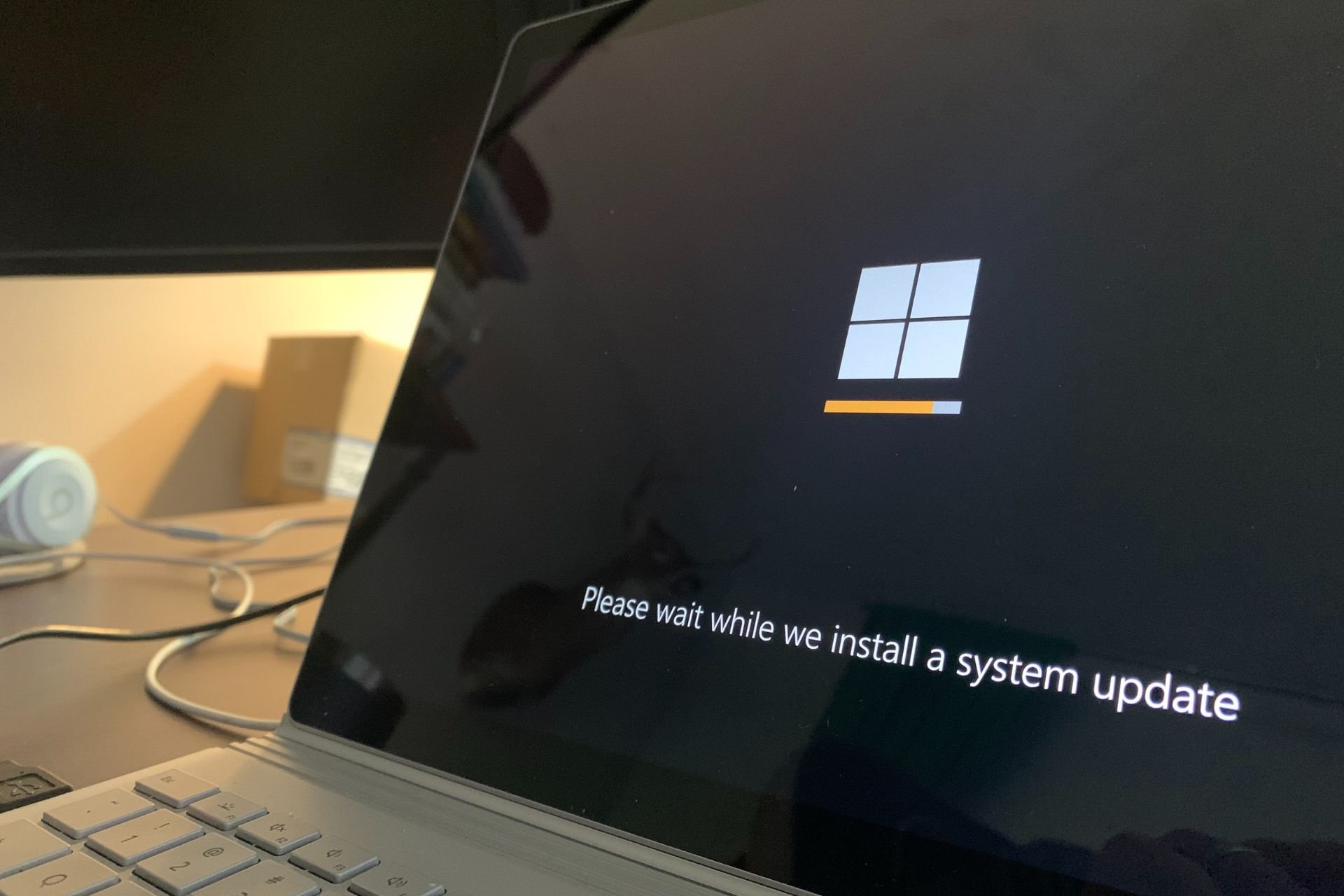
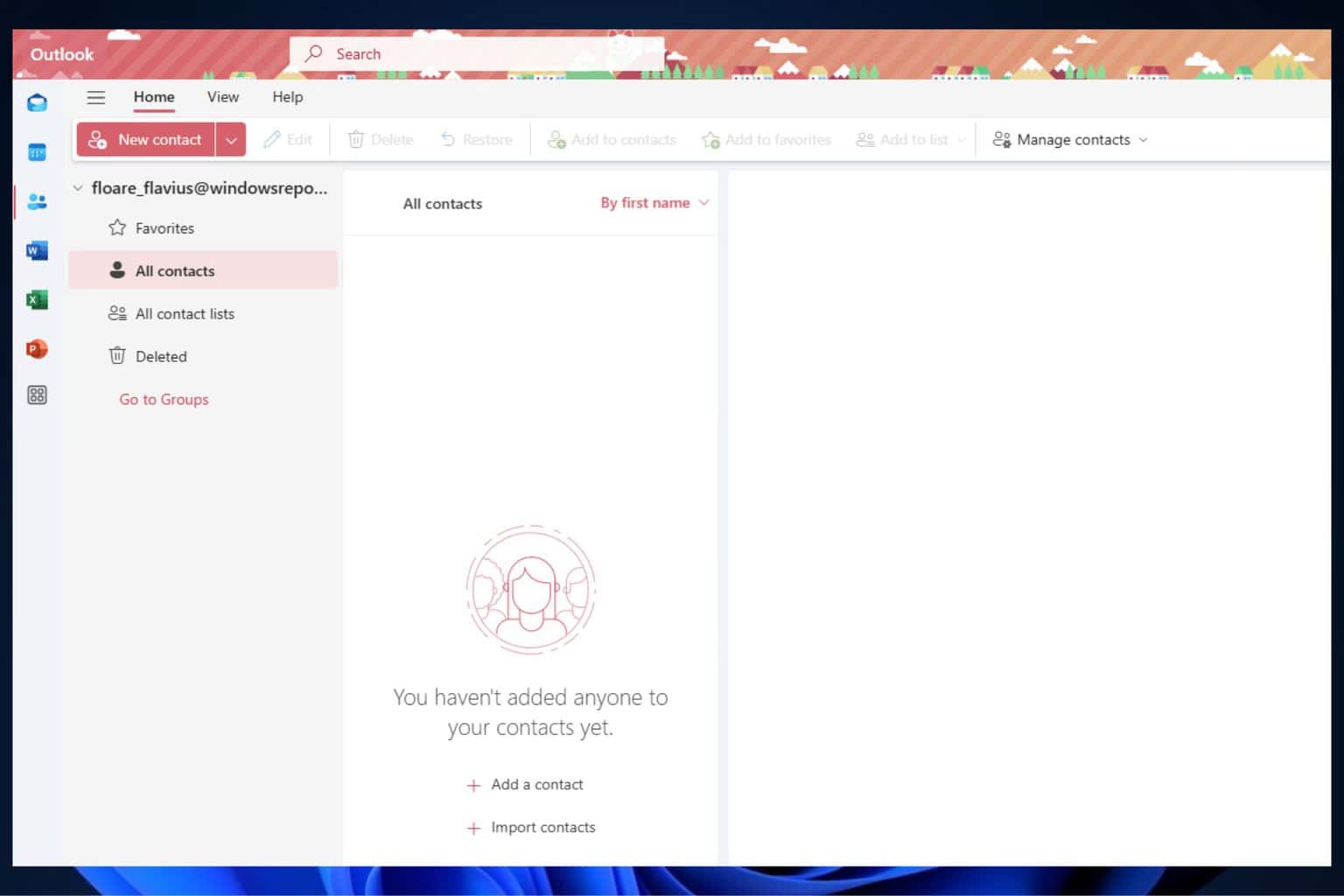

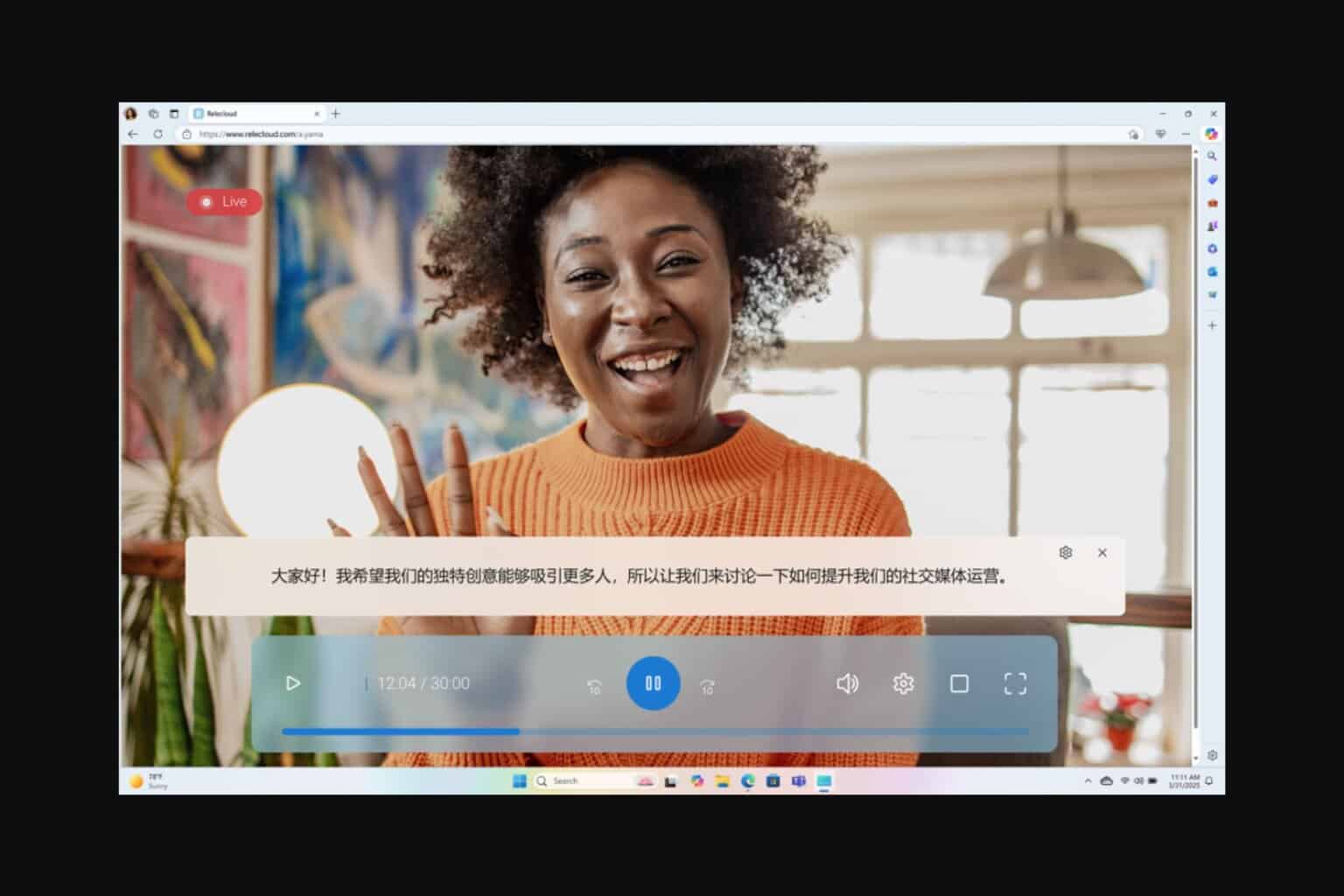

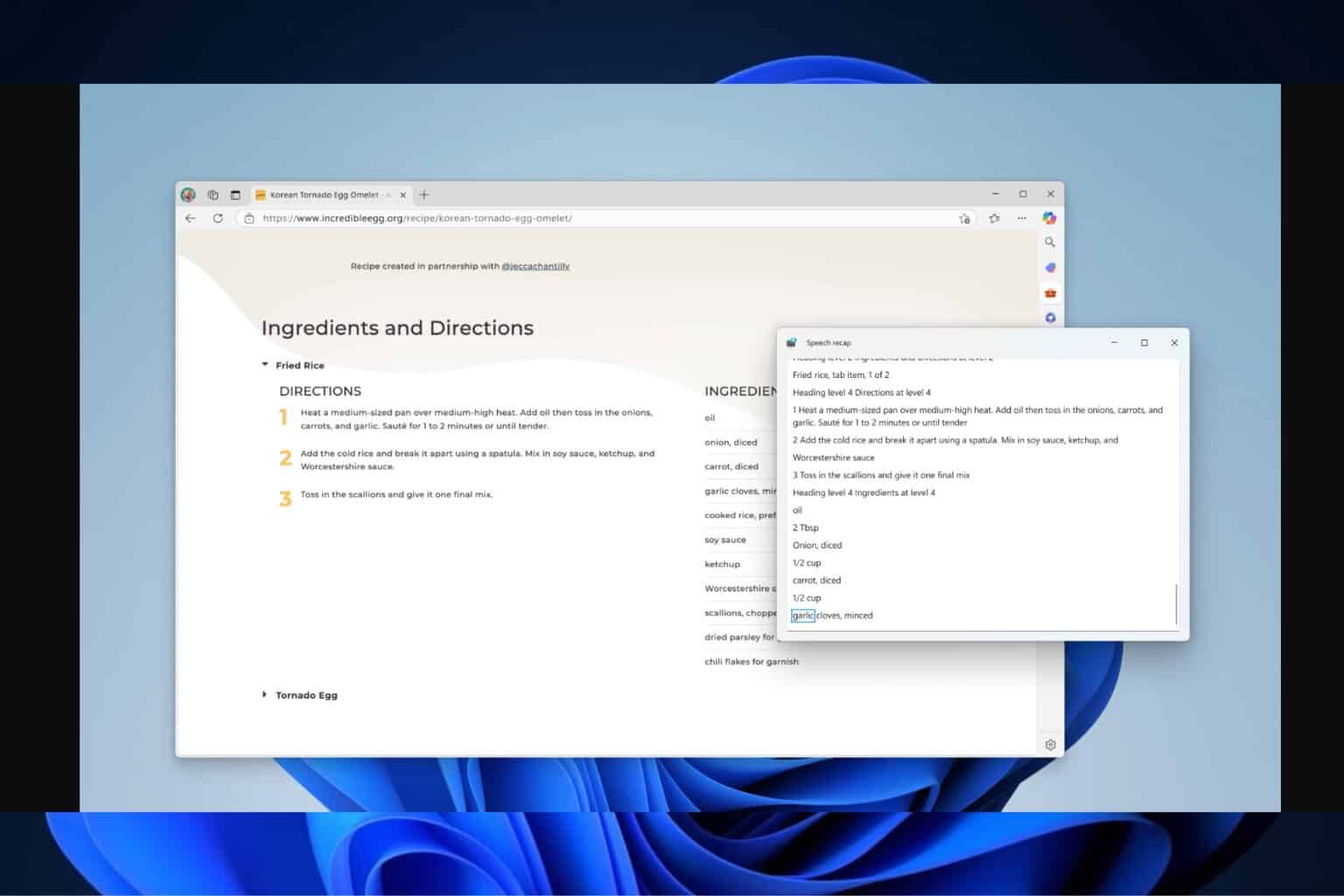

User forum
0 messages